Life Goal #3: Building a Legacy
We’re taking you back to school with a fun little multiple choice question:
- What is most important to you?
- Keeping abreast with fads and trends
- Building something of lasting value and impact
For us, we’d choose to create a legacy every time. And we suspect you do too.
How that looks like for each of us may differ, though. For some, legacy may be the difference they make in their community, for others it’s to help their employees reach their goals and dreams. Others want to build a service or product that provides great value to their customers. And others want to change the way people think about things – for the better.
Having a vision of the legacy you want to create is only half the battle. You need a strategy to bring that vision into fruition and keep it alive for decades after you’ve hung up your hat.
Part of building a legacy is to have a succession plan in place. Not only will you keep the vision alive, but you’ll also provide financial security for yourself and your family. If you don’t, all the love, sweat and tears you’ve put into the business over the years may go to waste. It will stop when you stop being around.
3 Elements of Succession Planning
There are three important elements to succession planning. We can help you to plan for and put all of these in place so that your legacy can keep going for years to come:
1. Your Team
Your people are the most important part of the plan. They form the backbone of the business; they’re the ones that keep the wheels turning – even if your business is highly automated.
You want to retain your best employees and prepare them for their future roles, without your input.
Don’t just think about top management, though, think about all seats on the bus. Who are your rockstars the business can’t do without? What about the salesperson who knows all your clients’ life stories and children by name? What about the electrician who fixes problems you don’t even know you have?
What happens if these rock stars aren’t around anymore?
When building your team…
- Identify the right people for future roles. The next person in line may not be the obvious choice. Look further. You may have some young employees with the right attributes that you can develop – both technical skills but also the attitude and willingness to grow.
- Next, talk to them about their career goals. Do they see themselves in the roles you have in mind for them?
- If you have any talent gaps, start hiring the right people.
- Lastly, and most importantly, invest in the training and development of your team.
2. Structures and Processes
Who is responsible for what? How do you do x and y?
Put structures in place and document procedures and templates so that everybody knows what they should do and how to do it. We call ours “This is the Way”.
Once you’ve developed that, make sure you test them and train people to follow the processes.
3. The Money
Ah, the money. Often neglected and forgotten.
Every change has a cost to it, and planning for succession is no different. You need a budget.
Here are some of the costs to consider:
- Hiring costs: If you don’t have the right talent in-house you need to hire, and rock stars don’t come cheap.
- Overlapping salaries: You may need to employ a CEO to work with you for six months or a year before you leave to teach them the ropes. This is true for other key positions as well. Not only will this provide a sense of stability, but when you leave, your team are already comfortable interacting with the new person.
- Salary increases: To retain your rock stars and superstars you may need to offer higher salaries. The new CEO may demand more than what you have been willing to take home.
- Staff development: One of the most important aspects is developing leadership skills and training your team on technical skills. You may even need to hire a coach to help guide you and your employees through the transition period.
- Bonuses and benefits: A change in leadership often causes staff turnover because of fear of the unknown. You may want to offer bonuses and benefits to your rockstars that the business can’t afford to lose.
- Replacement costs: Despite putting all the above in place, you may still lose some people. Make sure you budget for replacement costs.
- Your accountant and other advisors: You need people by your side – experts who have expertise and experiences that you don’t have. You need an outside perspective. You need a confidant, to listen to your challenges and help you to solve them.
Ready to Build Your Legacy?
Putting a succession plan in place can feel overwhelming. Whether you need help with your budget, putting structures in place, helping you choose the best team, or being your sounding board for your ideas, we’d love to help.
Don’t try to go it alone.
